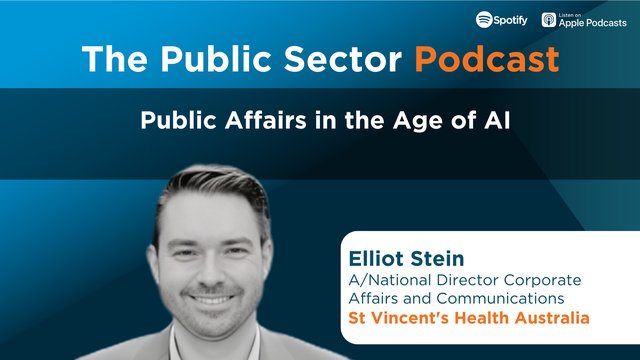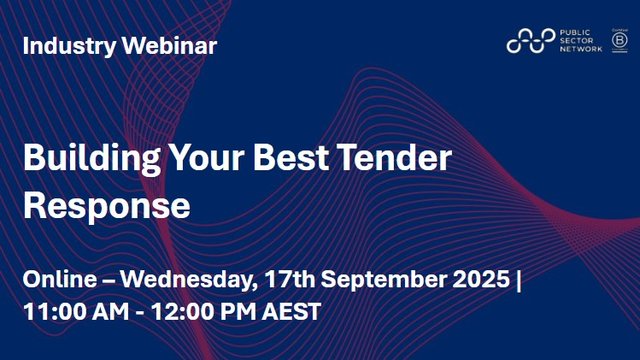
The recent Government Innovation Exchange event showcased the keynote "Mindful Government Transformation: Creating a More Agile, Data-Centric Government", featuring Taka Ariga, Chief Data Scientist and Director of Innovation Lab at the US Government Accountability Office (GAO). In a rapidly evolving technological landscape, the GAO is at the forefront of integrating advanced technologies to enhance its oversight capabilities. Their Innovation Lab, established in 2020, plays a pivotal role in this transformation by exploring and implementing cutting-edge technologies like artificial intelligence (AI), blockchain, and digital twins.
The session covered a wide range of topics. Below are the 4 key points and takeaways. Click here to access the full session video.
1. Embracing Advanced Technologies for Oversight
The GAO is leveraging cutting-edge technologies like AI, blockchain, and digital twins to enhance their oversight capabilities. These technologies are essential for efficiently managing the complex landscape of federal operations. The Innovation Lab's primary goal is to evaluate and incorporate these technologies to improve their audit processes and provide better insights for evidence-based policymaking.
"So our oversight mission has to move at the speed of the federal government. And so we, in a digitally connected world, need technology solutions, we need exploratory kind of capability, and we certainly need artificial intelligence for us to do our job better."
Taka continued that the integration of these technologies is not merely about keeping up with advancements but about fundamentally transforming how the GAO operates. For instance, blockchain technology can streamline federal research grants, reducing the reconciliation process from 14 months to real-time. Similarly, digital twins allow the GAO to simulate and analyze complex scenarios like the transportation of radioactive waste, which would be challenging to evaluate through traditional means.
2. Importance of Data and Agile Management
Data is at the heart of all technological advancements in the GAO’s operations. The ability to harness and analyze data effectively is crucial for the GAO's mission. Agility is particularly important in a highly decentralized organization like the GAO. Ensuring progress is made without letting perfection be the enemy of good has been a cornerstone of their strategy. This approach has enabled the GAO to modernize its operations swiftly and efficiently.
"First of all, it’s all about data. And I like to remind everyone that [in the title] Chief Information Officer, the important applicable word there is information. Often we start building more systems, more repositories, more silos, and we lose sight that it is the data that is powering what the mission requirements are."
The GAO's approach to managing data involves an agile methodology that empowers teams to make quick decisions and adapt to changing circumstances without getting bogged down by bureaucracy. By fostering an environment where rapid prototyping and iterative development are encouraged, the GAO can address emerging challenges and integrate innovative solutions seamlessly. This agility not only enhances their oversight capabilities but also ensures that they remain responsive to the evolving needs of the federal government.
3. Human-Centered Design and Scalability
Incorporating human-centered design ensures the technologies developed are user-friendly and meet the actual needs of end-users. By engaging with end-users early in the design process, the GAO can identify and address potential issues before they become significant problems. This approach leads to more intuitive and effective solutions that users are more likely to adopt and benefit from.
"A year ago, the Innovation Lab hired its first User Experience Specialist. That was a very illuminating process for us to say, if human-centered design is not the default approach, we run the risk of adoption issues, and friction that are unnecessary. This means that without focusing on the actual needs and experiences of our end-users, even the most advanced technological solutions can fail to gain traction or deliver the intended benefits."
Scalability is a crucial part of the GAO's innovation strategy, ensuring that prototypes can benefit the entire organization and other oversight agencies. This focus on scalability guarantees that technology investments provide long-term value and are sustainable. By working closely with the CIO office, the Innovation Lab ensures that every idea is assessed for its potential to scale and integrate smoothly into GAO’s operations.
4. Collaboration and Continuous Modernization
Finally, the transformation journey is continuous, requiring collaboration across various teams and agencies. Taka emphasizes the importance of not only developing innovative solutions but also ensuring they can be integrated and maintained sustainably. The GAO's approach to modernization is iterative, with a focus on continuous improvement and adaptation to new challenges and technologies.
"This is an actual cyclical part of the process. There’s really never an end to the concept of modernization. Modernization is not a destination we arrive at and then stop; it's an ongoing journey. We must continuously adapt and evolve to keep pace with technological advancements and changing requirements. Each new development brings with it new challenges and opportunities, making modernization a perpetual cycle of improvement and innovation."
Collaboration is key to this process. The GAO works closely with other agencies to share insights and develop solutions that can benefit the broader federal government. This collaborative approach ensures that the GAO's innovations are not developed in isolation but are part of a larger effort to improve government operations. By fostering a culture of teamwork and shared learning, the GAO is better positioned to navigate the complexities of modernizing its oversight capabilities and delivering impactful results.
To view the full video from this session and other keynotes and panel discussions from the Government Innovation Exchange, click here.


































